Historical Waypoints
The following is a series of historical waypoints in the development of the W.K. Kellogg Biological Station, beginning with W.K. Kellogg’s first efforts at wildlife conservation in the 1920s and continuing to the present.
October 1926. W.K. Kellogg and Carrie Staines Kellogg crossed the threshold into their new home that had just been built on the highest point overlooking the shores of Gull Lake.
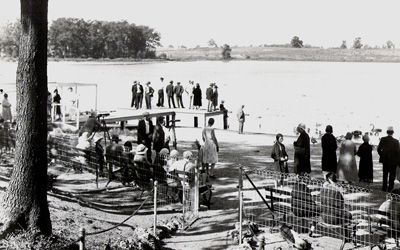
1927. W.K. Kellogg began the construction of a private wildlife sanctuary by purchasing the over-farmed land that surrounds Wintergreen Lake. It was intended to be a place to breed exotic gamebirds and waterfowl, to provide habitat for native wildlife, to attract migrating waterfowl, and to provide training for animal care and management. It later was learned that the lake was at an especially fortuitous location at the intersection of three major bird migration routes.
1928. Kellogg deeded the Kellogg Experimental Farm and the Kellogg Bird Sanctuary to the Michigan State College of Agriculture. The farm consisted of land adjacent to the Sanctuary, part of the same original purchase the previous year. During the next few decades, a herd of Guernsey dairy cows at the farm had a major role in imporving Michigan dairy production. The farm was also a place for research and demonstration in poultry production, alfalfa-brome pasture, and other crops.
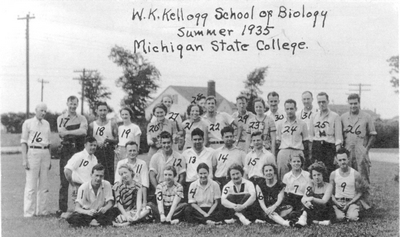
1930. A summer program of field classes for teachers, the W.K. Kellogg School of Biology, was held at the Bird Sanctuary. This program was organized by Joseph W. Stack of the Department of Zoology, and continued at this location, under his direction, through summer 1939.
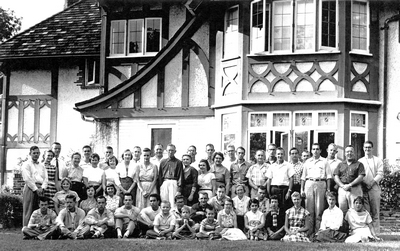
1954. Summer field courses were resumed on a larger scale, this time at the Gull Lake site, which the W.K. Kellogg Foundation had deeded to Michigan State College after Mr. Kellogg’s death in 1951. Walter F. Morofsky of the Department of Entomology directed the summer program from 1954 through 1963, during which time it enrolled an increasing percentage of graduate students.
1959. A construction program to support the Summer Teaching Program and Conference Center was funded by the W.K. Kellogg Foundation. The new buildings included the Stack Building as a teaching laboratory, the McCrary Auditorium and Dining Hall, and the Sheriff/Vanderploeg Apartments for married students. A year later, the Foundation awarded additional funds for new construction at the Bird Sanctuary. This included a new visitor center with offices and an auditorium, and a classroom and research building.
1964. George H. Lauff came to KBS to be the first year-round, resident director of a reorganized program under which the farm, sanctuary, research and educational programs all reported to him, under the direction of the newly created (in 1962) College of Natural Science.
1965. The first three members of a resident faculty were hired. By the end of 1973, the faculty had grown to five members, and it increased to six by the end of 1980. The first research programs were in aquatic ecology, but soon expanded to the areas of population biology, community biology, and evolutionary ecology. This research attracted collaborators from the main campus and other institutions, who based their own research at KBS. Altogether, these programs gave KBS international recognition in these fields of research.
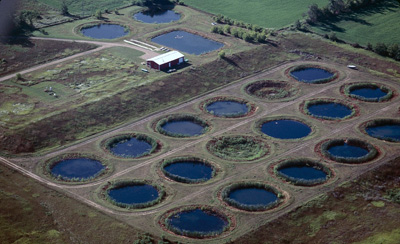
1971. A set of 18 experimental ponds was constructed, with primary funding from the National Science Foundation. In 1975, a laboratory was built at the pond site.
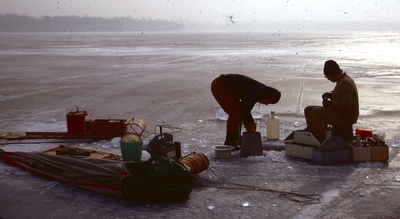
1974. Most of the aquatic research for which KBS gained an international reputation was in basic science, but an early exception was a 1974 study of eutrophication in Gull Lake which provided information to concerned community groups and led to the establishment of the Gull Lake Sewer and Water Authority in 1980, and to the construction of a sanitary sewer that was instrumental in restoring the condition of the lake.
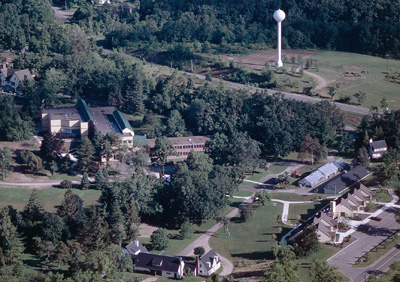
1985. Construction of a new Academic Building was completed, providing research laboratories, office space, a library, and conference facilities for a still-growing research program. It was constructed with funds from an $11 million grant from the W.K. Kellogg Foundation. This grant also positioned KBS to take advantage of its potential for integrated studies on both natural and managed landscapes.
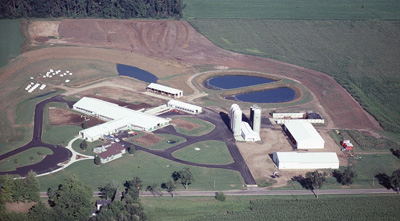
1985. A new Kellogg Dairy Farm with a modern milking facility and a visitor center was established a mile north of the original farm. A Holstein herd replaced the Guernsey herd.
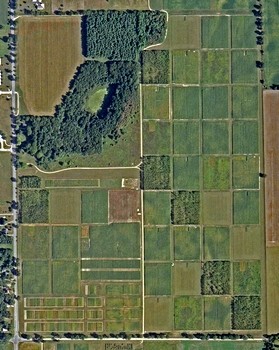
1987. A Long-Term Ecological Research (LTER) project was begun to study the ecology of intensive field crop ecosystems and its environmental consequences. This KBS program is part of a national network of LTER sites established by the National Science Foundation in 1980.
1993. KBS continued to be jointly administered by the College of Natural Science (CNS) and the College of Agriculture and Natural Resources (CANR), but the “lead” was transferred from CNS to CANR.
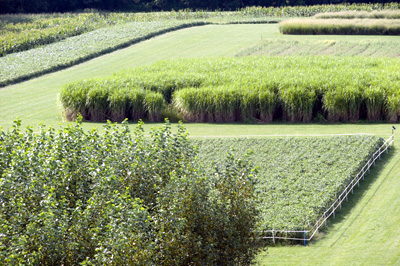
2008. The main field site for the Great Lakes Bioenergy Research Center’s sustainability research, funded by the Department of Energy, was established. Part of KBS’s long-term research program, this project investigates the economic viability and environmental sustainability of crops that have potential to be grown for cellulosic biofuels.

2009. The dairy herd was moved to a new barn to make a transition from a conventional dairy system to a pasture-based dairy with automated milking, under which cows have free access to pasture for six to seven months of the year, and under which cows decide when and how often they are milked by the ‘robotic’ milking systems in the barn.
(Note: These waypoints can also be viewed at history.kbs.msu.edu/timeline/ .)
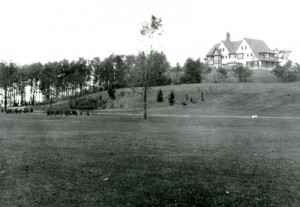
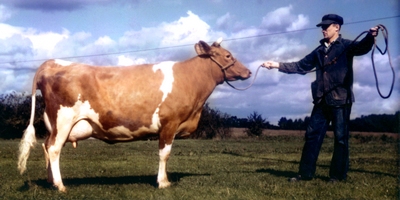
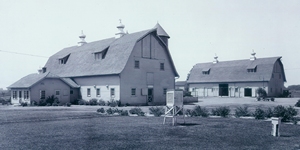
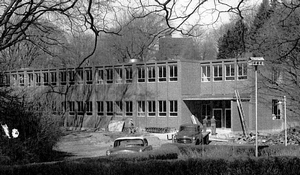
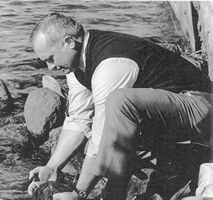
[…] Station to exchange results and new ideas for collaborations on the Baikal project. KBS has a famous history of important work in aquatic science, and it is always a special destination for […]